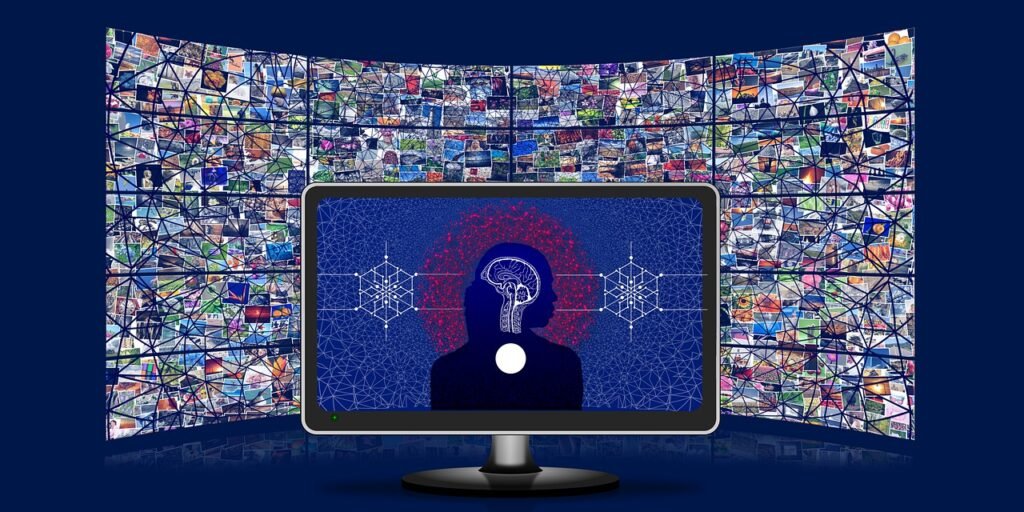The Role of AI in Today’s World
AI (Artificial Intelligence) has become an integral part of our lives, revolutionizing various industries and transforming the way we live and work. From healthcare to finance, transportation to entertainment, AI algorithms are being leveraged to enhance efficiency, improve decision-making, and drive innovation. However, as AI continues to evolve and play a more significant role in our society, concerns about biases in AI algorithms have emerged.
Leveraging AI for Progress
AI algorithms are designed to learn from vast amounts of data, identify patterns, and make predictions or decisions based on that information. This ability has proven to be invaluable in many domains, such as healthcare diagnosis, fraud detection, and personalized recommendations. AI has the potential to improve outcomes, save lives, and increase productivity. However, the effectiveness of AI algorithms depends on the quality and diversity of the data they are trained on.
The Impact of AI Biases
While AI algorithms have shown great promise, they are not immune to biases. Biases can occur when the data used to train AI algorithms is skewed or incomplete, leading to discriminatory outcomes. For example, if a facial recognition system is trained on predominantly white faces, it may struggle to accurately identify individuals with darker skin tones. Similarly, biased language models can generate offensive or discriminatory content if trained on biased text data.
These biases can have far-reaching consequences, perpetuating social inequalities and reinforcing discriminatory practices. They can lead to unfair treatment, exclusion, and marginalization of certain groups. Recognizing and addressing these biases is crucial to ensure that AI algorithms are fair, ethical, and beneficial to all.
Addressing Bias in AI Algorithms
To mitigate biases in AI algorithms, several strategies can be employed:
1. Diverse and Representative Data:
Ensuring that the data used to train AI algorithms is diverse and representative is essential. This means collecting data from a wide range of sources and ensuring that it includes different demographics, cultures, and perspectives. By incorporating diverse data, AI algorithms can be trained to make more accurate and fair decisions.
2. Regular Auditing and Testing:
Regular auditing and testing of AI algorithms can help identify and address biases. This involves evaluating the algorithm’s performance across different groups and scenarios to ensure that it is not favoring or discriminating against any particular group. By continuously monitoring and refining the algorithms, biases can be minimized.
3. Ethical Guidelines and Standards:
Establishing clear ethical guidelines and standards for AI development and deployment is essential. These guidelines should address issues of fairness, transparency, and accountability. By adhering to these guidelines, developers can ensure that AI algorithms are designed and used in a responsible and unbiased manner.
4. Collaboration and Diversity in AI Development:
Promoting collaboration and diversity in AI development teams can help mitigate biases. By including individuals from different backgrounds and perspectives, biases can be identified and addressed more effectively. This diversity can lead to a more comprehensive understanding of potential biases and enable the development of more inclusive AI algorithms.
5. Explainability and Transparency:
Ensuring that AI algorithms are explainable and transparent is crucial. Users should have a clear understanding of how the algorithm makes decisions and what factors it considers. This transparency can help identify and address biases and enable users to hold AI systems accountable for their actions.
Conclusion
AI algorithms have the potential to bring about significant positive change in our society. However, it is essential to address concerns regarding biases in these algorithms. By leveraging diverse and representative data, conducting regular audits, establishing ethical guidelines, promoting collaboration and diversity, and ensuring transparency, we can mitigate biases in AI algorithms. By doing so, we can create a future where AI is fair, unbiased, and beneficial to all.

